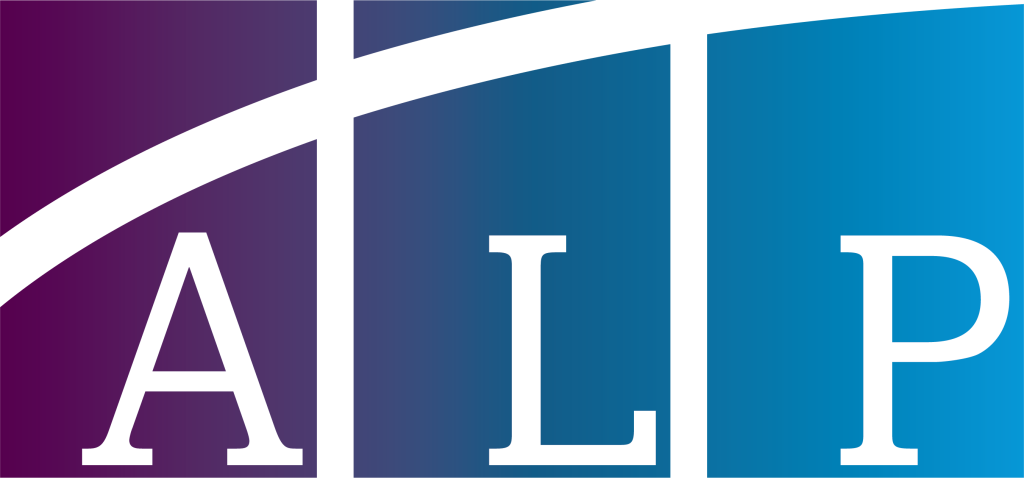ALP has successfully developed an ESG Framework for GII, in addition to building physical risk stress testing capabilities for their real estate portfolio

1. ESG Framework Development
- Defining ESG objectives that were aligned with the strategic direction of GII
- Building an ESG Scorecard, aimed at assessing ESG performance at an asset level, that:
- Contained an exhaustive list of scoring parameters across environmental (energy efficiency, green building certifications, water and waste management, etc.), social (tenant engagement, affordable housing, etc.), and governance (board diversity, disclosures, etc.) factors
- Defining ESG metrics (such as share of energy efficient assets, average CO2 emissions per square foot, etc.) and KPIs related to them
- Developing an ESG policy, that that outlines GII’s commitment and defined practices that would enable the achievement of ESG objectives and the above KPIs
- Developing ESG Reporting Processes
2. Physical Risk Vulnerability Assessment and Stress Testing
Developed software solutions for assessing and stressing physical risk vulnerability, including:
- Measured the vulnerability to physical risk (flood, cyclone and drought), using latitude and longitude data of the real estate assets, within three scenarios ("Early Action," "Delayed Action," and "No Action.“)
- The scenarios also considered economic variables in the markets that GII’s assets are exposed to (using residential and commercial real estate price indices) and physical variables (including CMIP6 data)
- Collecting asset data and modelling for physical risks against floods, cyclones, and drought
